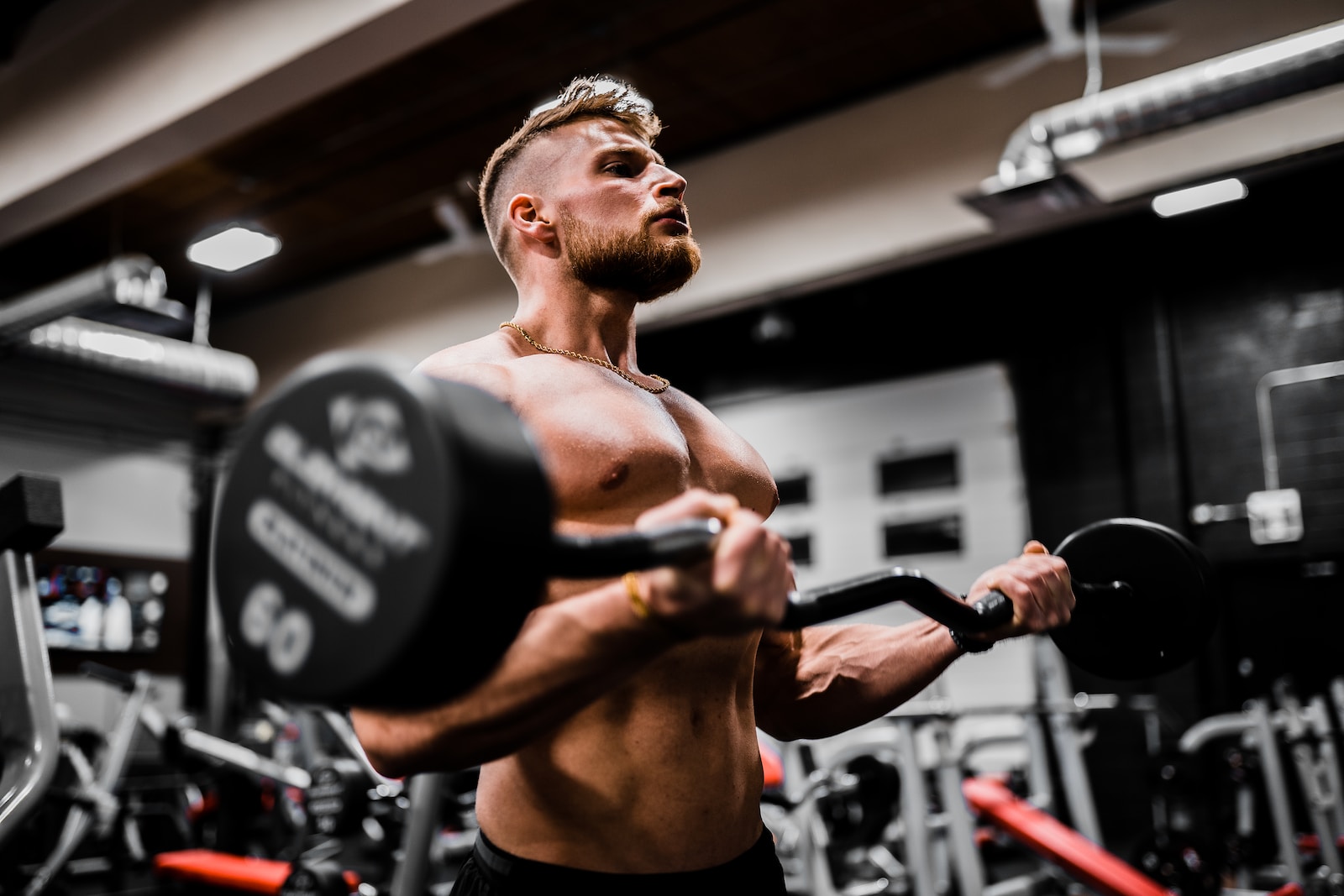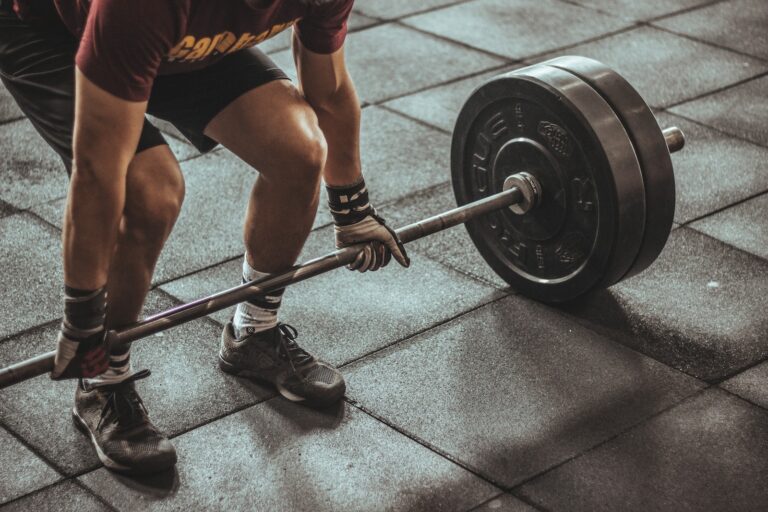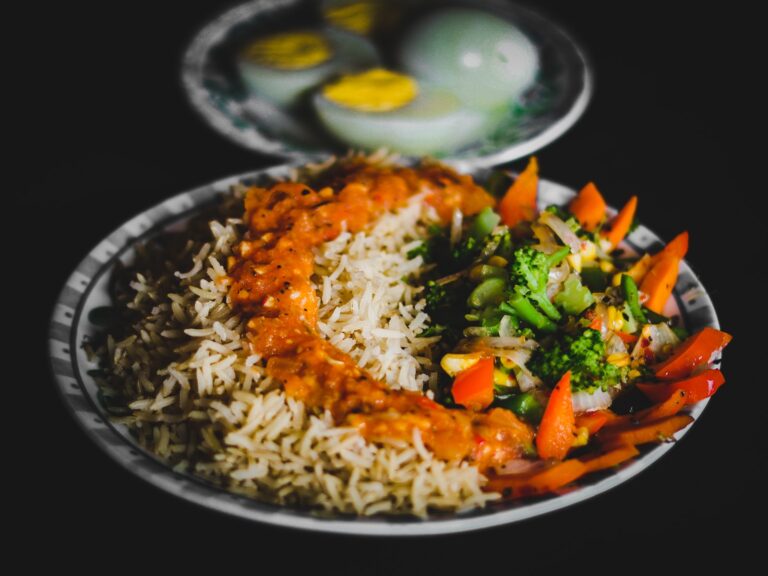The Role of Genetics in Muscle Building: What You Need to Know
Are you hitting the gym regularly, but not seeing the muscle gains you desire? Have you ever stopped to wonder how much your genetics are influencing your progress? The answer may surprise you. Genetics play a major role in determining our ability to build and maintain muscle mass.
In this blog post, we will explore the science behind muscular development and how understanding your genetic makeup can unlock new potential for achieving greater gains. Read on to discover what you need to know about the fascinating relationship between genetics and muscle building!
What is Muscle Growth?

Muscle growth is a natural process that occurs when the body increases the number of muscle cells. Muscle growth can be stimulated by training, diet, and genetics.
Training: The main factor that stimulates muscle growth is exercise. Exercise helps to increase the size and strength of muscle cells. Exercise also increases the production of hormones, such as growth hormone, which support muscle growth.
Diet: Another key factor in muscle growth is eating a balanced diet. A good meal plan includes lots of protein and fiber. These nutrients help to feed the muscles with energy so they can continue growing.
Genealogy: Genetics also play a role in muscle growth. Some people are naturally predisposed to having more muscles than others. However, you can still build muscles through hard work and proper training if you have poor genetics.
Genetics and Muscle Growth
There is no one-size-fits-all answer when it comes to muscle building, and genetics play a major role in determining your success. Genetics will affect not only the amount of muscle you can build, but also the rate at which you can achieve that muscle mass. Your genetic potential for muscle growth may be partially determined by your levels of testosterone and other hormones. Additionally, the way your muscles use energy to build and maintain tissue mass is also partially genetic. So there are many factors that contribute to muscle growth and development, but genetics is one key component.
Your level of activity and exercise will also help optimize your muscular development. If you’re diligent about lifting weights and sweating it out on the treadmill or elliptical machine, genetics will play a smaller role in how much muscle you can pack on. However, if you’re sedentary or using poor form when performing resistance training exercises – or if you don’t include regular cardio workouts into your routine – genetics will have a bigger impact on how well you build muscle.
So while there isn’t one “magic bullet” that guarantees results, being aware of your body composition, including whether or not your muscles are predominantly composed of fat, is an important starting point when trying to build muscle. And don’t forget about diet; making sure to consume enough quality protein and carbohydrates each day is also essential for achieving optimal results from strength training.
If you’re looking to build muscle, it’s important to make sure you are working all of the muscles in your body. Mixed-muscle development is key for overall body strength and fitness. When you work different muscle groups simultaneously, your body will be better equipped to handle larger loads, handle resistance training more effectively, and build more muscle mass.
The Role of Nutrition in Muscle Building
Nutrition is one of the most important factors in muscle building. Research shows that proper nutrition is important for both athletes and sedentary people. However, genetics are still a major factor in muscle building.
Studies have shown that genetic factors account for 60-75% of the variation in muscle mass. However, even with good nutrition and training, some people will still not build as much muscle as others. Genetics also play a role in how quickly muscles can recover after exercise.
Some key nutrients that are necessary for muscle growth and recovery include: protein, carbohydrates, essential fats, minerals, and vitamins. In order to get all of these nutrients, it is important to eat a whole foods diet and include plenty of plant-based proteins and fibrous carbs in your meals.
The best way to maximize muscle building and recovery is to combine a balanced diet with regular exercise.
Encouraging results have been seen with low-carbohydrate, high-protein diets. However, it is important to be cautious when following these types of diets. Too little carbohydrate can lead to low energy levels and muscle fatigue. Too much protein can lead to overtraining and increased body fat.
Training to Build Muscle: The Basics
One of the most important variables in muscle building is genetics. While training and nutrition can help improve muscle growth, your genes will play a big role in the amount of muscle you can build. Just like with weightlifting, you can’t change your genetic makeup, but by following a routine and eating the right foods, you can make progress and see results. Here are some tips for growing muscle:
1) Eat Enough protein: One of the main ways to increase muscle growth is to eat enough protein every day. Protein is essential for building and repairing muscles, and consuming enough of it will help ensure that your body has what it needs to grow new tissue. Shoot for at least 60 grams per day, but aim for even more if possible. The more protein you eat, the better!
2) Lift Weights That Match Your Genetics: Just like with any other workout routine, it’s important to lift weights that are challenging but also suitable for your genetics. If you’re genetically predisposed towards strength gains or muscle growth, focus on lifting heavier weights than if you’re naturally leaner or have less Strength-to-Weight ratio (the average person has about 20 muscles vs. one strong muscle). Incorporate compound lifts such as squats, deadlift, bench press and shoulder press into your routine to maximize results.
3) Get Active Elsewhere Too: Muscles need workouts other than just lifting weights to grow; try doing activities such as swimming (for cardio ) or sprinting (for anaerobic conditioning). By incorporating a variety of activities into your routine, you’ll provide your body with the necessary stimulation it needs to grow muscle.
4) Minimize Exercise Injuries: One of the biggest factors that can prevent muscle growth is an injury. If you’re struggling to make progress, take a look at your exercise routine and make sure you’re not doing anything that could be causing injuries. For example, if you’re finding it difficult to build muscle because of DOMS (delayed onset muscle soreness), try reducing the amount of weight you’re lifting or changing the way you’re performing the exercises.
Training for Maximum Results with a Goal in Mind
The role of genetics in muscle building is actually quite complex. Genetics play a big part in muscle development and growth, but there are also several other factors that come into play. Previous experience with weightlifting and other workout routines, as well as your diet, can all help you achieve maximal muscle gains.
The most effective way to maximize muscle growth is to have a goal in mind. Choose a goal that you want to achieve and make sure that you are training hard enough to reach that goal. Setting specific goals will help you stay motivated, and it will also help keep you on track. Training for maximum results with a goal in mind is key to achieving the body of your dreams.
Conclusion
Genetics play a significant role in muscle building, and that means that what works for one person may not work for another. However, by understanding the basics of musclebuilding genetics, you can start to engineer your own muscles using the right tools and techniques. By following a variety of exercises and eating a balanced diet full of high-quality proteins and healthy fats, you can help ensure that your muscles are built the way that they should be—with genetics taking a backseat.
Understanding your genetics and using the right tools can help you reach your musclebuilding goals, but remember that there is no one-size-fits-all answer. Everyone’s body is different, so make sure to tailor your workout and diet regimen to fit your unique physique.







2 Comments